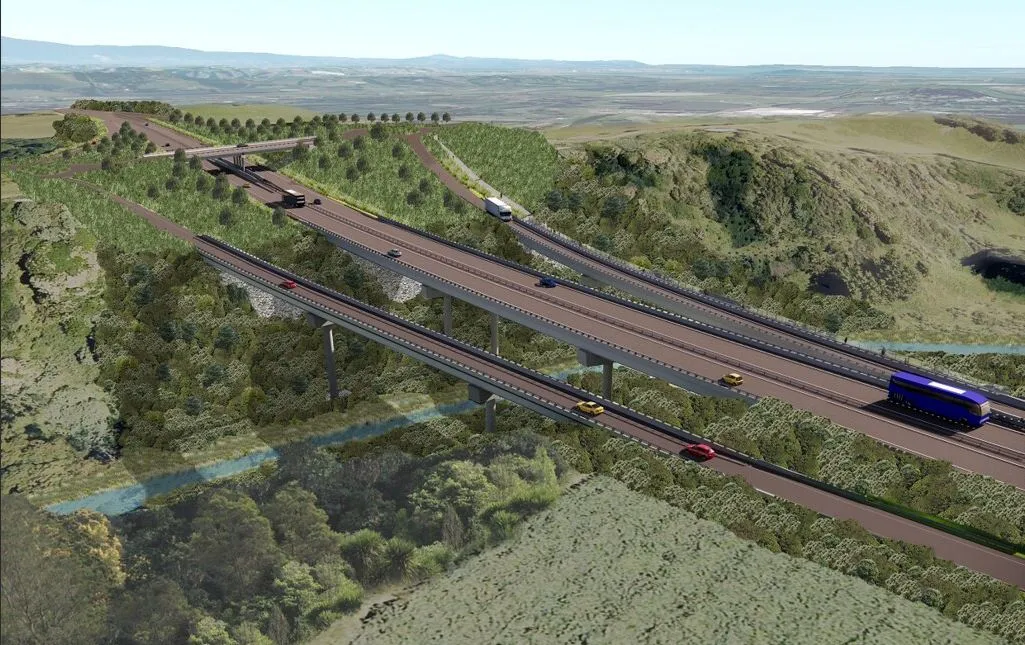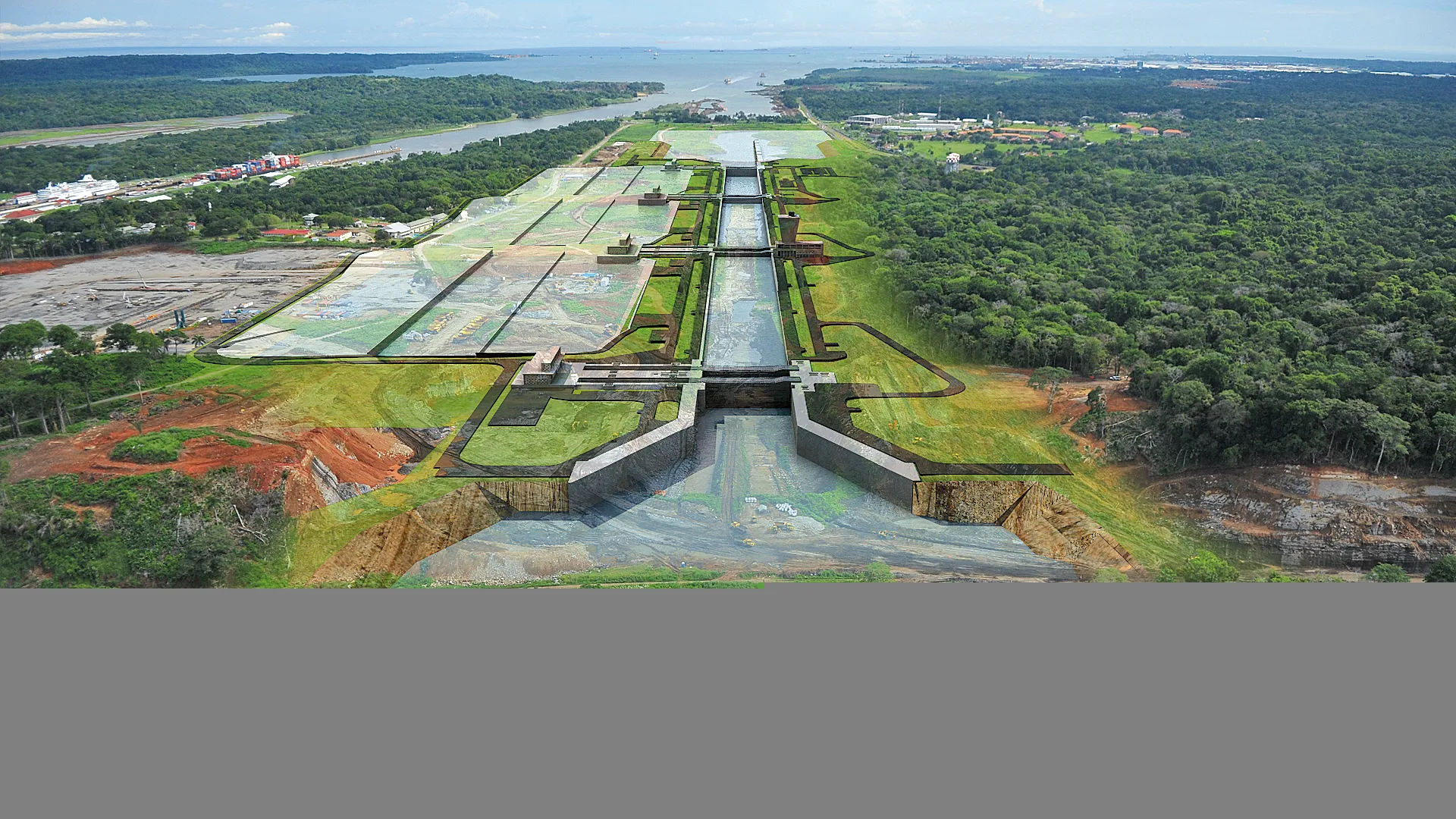
The newest addition to ULMA Construction's portfolio is Complete Climbing Solutions. This ultimate combination features:
- ATR-SC Heavy-Duty Self-Climbing System- Carefully designed for the construction of high-rise building cores- it minimizes the handling of formwork on-site. The system supports 400 kN per cylinder and can be lifted continuously by a single stroke cylinder, without the support of any rail. It features high load capacity, fast installation, safe access to ladders, and working platforms. As part of the solution provided, ATR-SC adapts to different construction methods.
Watch the video of the ATR-SC.
- ATR Self-Climbing System- A formwork support structure that is ideal for the construction of walls and vertical structures. This system help boosts productivity on the job site. Along with hydraulic climbing, ATR is not dependent on crane assistance; working platforms and boom concrete placement booms can be simultaneously lifted. It also complies with our central pillar, safety, by providing safe lifting and handling at height.
- RKS Rail Climbing System- Always searching for the greatest efficiency on job sites, the RKS enables the climbing of the formwork panels without separating the structure from the wall. It also enhances safe lifting operations in any weather. The RKS is lifted using a standard hydraulic unit with the option to be raised by crane. Ideal for forming of cores, shear walls, and perimeter walls. This structure is adaptable to different solutions; it provides safe climbing at height and provides customizable configurations.
- HWS Perimeter Safety Screens- The optimized version of the safety screens provides excellent protection for workers against harsh weather and prevents them and objects from falling from the edge of the slab. The screens also protect pedestrians from falling debris. The panels cover the floor under construction and three stories below. The range of panels includes telescopic perforated steel panels, standard HWS panels, and corner panels. The screens adapt to irregular slab geometries and are hydraulically operated- without crane assistance.
ULMA's Complete Climbing Solutions adapts to almost any height and geometry. Ideal structure to build piers, pylons, pier segments, vertical structures and high –rise buildings.
As a one-stop-shop, ULMA Construction manufactures and offers a package with complete comprehensive solutions -HWS, RKS, ATR & ATR-SC.
The portfolio of climbing products provides a wide range of solutions to customers, including tailored solutions depending on each project's needs, faster construction, logistics services & pre-assembly of materials, while providing safe lifting and handling of products. As a single point of reference, ULMA is always available to deliver all the products and services you need with the capacity to undertake any project.
ULMA Construction is your trusted formwork, scaffolding, and climbing partner.
Watch the full video of our Complete Climbing Solutions below.
Rising Together!
Sponsored content produced in association with Ulma








